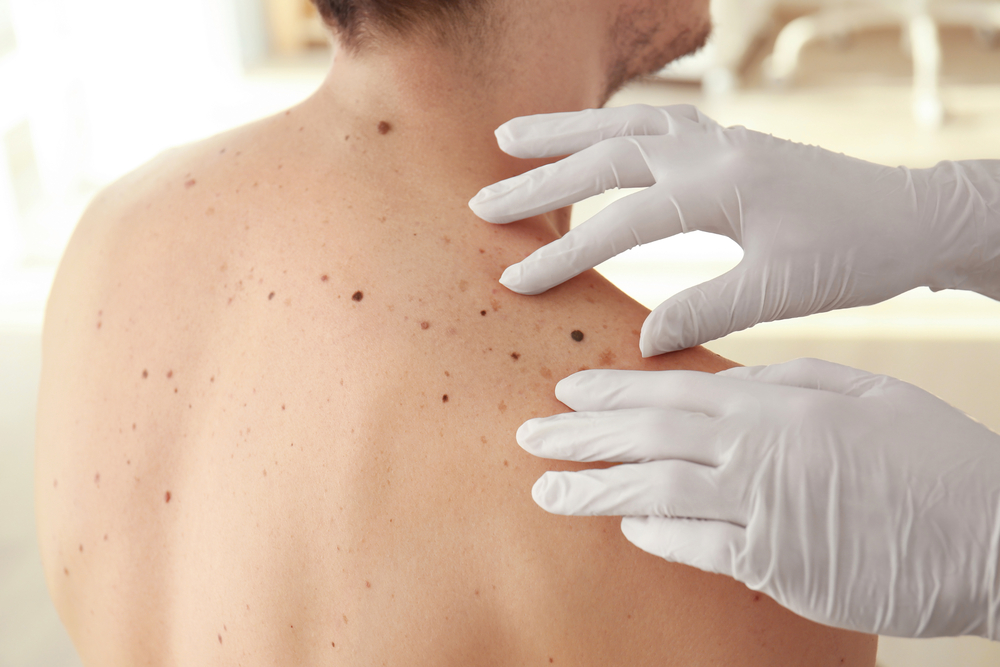Navigating Skin Cancer Therapy: The Crucial Function of Mohs in Modern Dermatology Practices
Skin cancer, a challenging diagnosis, often leaves individuals grappling with numerous treatment alternatives. As we explore the details of this procedure, one will certainly appreciate its critical duty in skin cancer treatment.
Comprehending Skin Cancer Cells: Kinds and Risks
There are three main types of skin cancer: Basal cell cancer, Squamous cell cancer, and Cancer malignancy. It accounts for just regarding 1% of skin cancer situations however triggers the large majority of skin cancer cells fatalities. Threat aspects include fair skin, history of sunburn, excessive sunlight direct exposure, living at high elevations or close to the equator, having numerous moles, a family background of skin cancer cells, and deteriorated immune system.
What Is Mohs Surgical treatment and Exactly How It's Transforming Skin Cancer Cells Therapy
Regardless of the many treatments presently offered for skin cancer cells, Mohs surgical treatment stands out as a groundbreaking and extremely effective remedy. Named after Frederic E. Mohs, the medical professional who created the treatment, Mohs surgery is a precise medical method made use of to deal with skin cancer cells. Throughout the procedure, slim layers of cancer-containing skin are gradually removed and taken a look at until just cancer-free cells stays. This method permits the specialist to verify that all cancer cells have actually been gotten rid of at the time of surgical procedure. This level of precision, combined with the capability to save as much healthy tissue as feasible, is changing skin cancer treatment. Because of this, Mohs surgical procedure has become a cornerstone of contemporary dermatology methods.
The Benefits of Mohs Surgery Over Standard Skin Cancer Cells Therapies
Building on the ingenious nature of Mohs surgical procedure, it's important to consider its various advantages over standard skin cancer cells treatments. Unlike guidelines, Mohs uses a greater treatment price, usually getting to 99% for new treatments and 94% for reoccurring cancers cells. This precision is because of its special technique of progressively removing and examining cells layers up until only cancer-free cells remain (dermatologist). In addition, it lessens damage to healthy and balanced skin, causing less scarring and improved aesthetic outcomes. Mohs also supplies instant outcomes, getting rid of the anxiety-ridden wait usual with other methods. It's cost-effective, as the surgical treatment and microscopic exam happen simultaneously, eliminating the demand for additional research laboratory services. Therefore, Mohs represents a considerable advancement in skin-related practices.
The Treatment of Mohs Surgical Procedure: What to Expect During the Refine

Possible Negative Effects and Post-Operative Treatment of Mohs Surgical Procedure
Undergoing Mohs surgical treatment, like any kind of various other medical treatment, involves potential side impacts that individuals must understand. Typical side results consist of pain, bruising, and swelling at the surgery website. These are usually momentary and convenient with over-the-counter discomfort medication and ice packs. In rare situations, individuals might experience infection, bleeding, or an allergic reaction to the anesthetic. Post-operative treatment is critical to healing and reducing negative effects. This commonly involves keeping the wound clean and dry, taking proposed medicines, and preventing arduous tasks. People should also attend all follow-up appointments for wound care and monitoring. Sometimes, additional treatments may be necessary to guarantee complete removal of the cancerous cells. Adhering to these post-operative treatment standards can substantially boost recuperation and end results.
Conclusion
